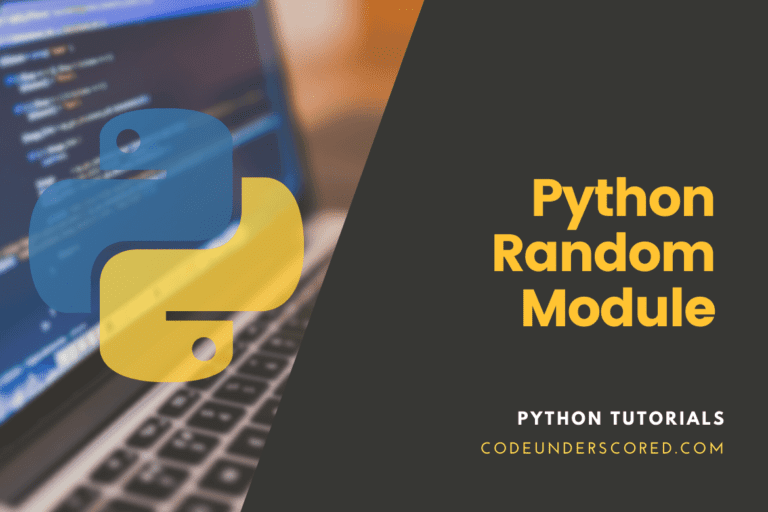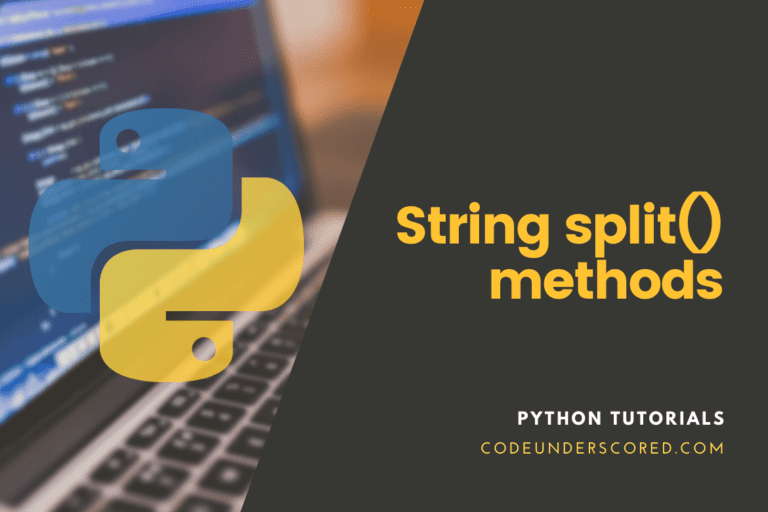How to generate random numbers in Java
In Java, various random numbers exist, including integer, float, double, long, and boolean, created within a given range. In Java, there are four techniques for generating random numbers.

In Java, various random numbers exist, including integer, float, double, long, and boolean, created within a given range. In Java, there are four techniques for generating random numbers.

In Java, an abstract class is a superclass that cannot be instantiated and is used to declare or specify general properties. A Java abstract class is not applicable in creating an object; attempting to do so will result in a compiler error. The keyword abstract is used to declare the abstract class.

When working with iterators, we frequently need to track how many iterations have been completed. Python makes this work easier for programmers by including an enumerate() function. Enumerate() method adds a counter to an iterable and returns it as an enumerating object. This enumerated object can then be used in loops directly or converted to a list of tuples with the list() method.

The reduce(fun,seq) applies a specific function to all of the list components mentioned in the sequence handed along. The “functools” module contains the definition for this function. To reduce the list on a single value, the reduce() function applies the fn function with two arguments cumulatively to the list items, from left to right. reduce(), unlike the map() and filter() procedures, is not a Python built-in function. The reduce() function belongs to the functools package. To utilize the reduction() function, add the following statement to the head of the program to import it from the functools module:

Python’s Random module is a built-in module for generating random integers in Python. These are pseudo-random numbers, which do not represent true randomness. This module can generate random numbers, output a random value for a list or string, and so on. The Random module has various modules in Python. Here, we list some of these functions and explain how they are used.

A string denotes a sequence of characters considered an object in Java. In this language, there are multiple operations that you can carry out on the String object. One of the most general operations on a string object is String Reverse, which we will tackle in this article. Journey along with us as we show you a few approaches to Reverse a String in Java.

In Java, the array object is used to store several pieces of information. This utility sequentially assigns certain memory regions based on the array size. In Java, an array object can hold any form of primitive or non-primitive data. That is, it can hold a list of integers, strings, objects, and so on. As a result, all of the values in an array can be data of a specific datatype. In some programming languages, the index value of an array starts at 0. In Java, you can declare both single-dimensional and multi-dimensional arrays. Using an array, you may easily arrange and sort a list of data.

Split() provides a list of all the words in the string using str as the separator (splits on all whitespace if left unspecified), with the number of splits limited to num. It essentially returns a list of strings after splitting a string at the provided separator.

Decision Making in Java is the source of creating decision-driven statements and executing a specific set of code in response to specified situations. The most straightforward basic decision-making statement in Java is the if statement. It is used to determine if a statement or a block of statements will be executed or not, i.e., if a condition is true, a block of statements will be executed, otherwise not.

Although a date is not a data type in Python, we may use the datetime module to work with date objects. For example, import the datetime module and use the following code to display the current date:

A method in Java refers to a group of lines that performs a single action or operation. It is commonly used because it allows code to be reused, which implies that you can write once and use it many times. It also allows for easy customization.
Upon calling the given method, it will carry out the specified work as soon as the compiler can read the name.

If you want to save time testing your Python code in many settings before publishing/deploying your packages automatically, creating CI/CD pipelines is a beautiful way to go. It’s also an excellent approach to catch bugs early and guarantee that your development process is consistent and repeatable.